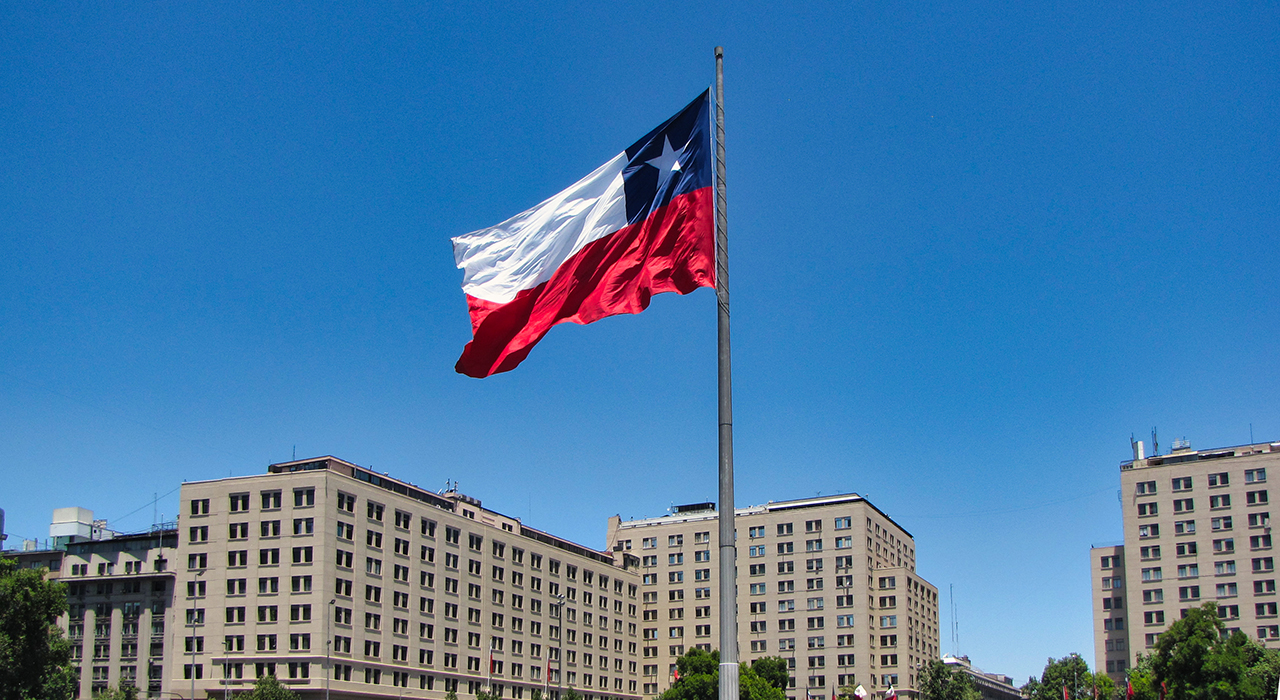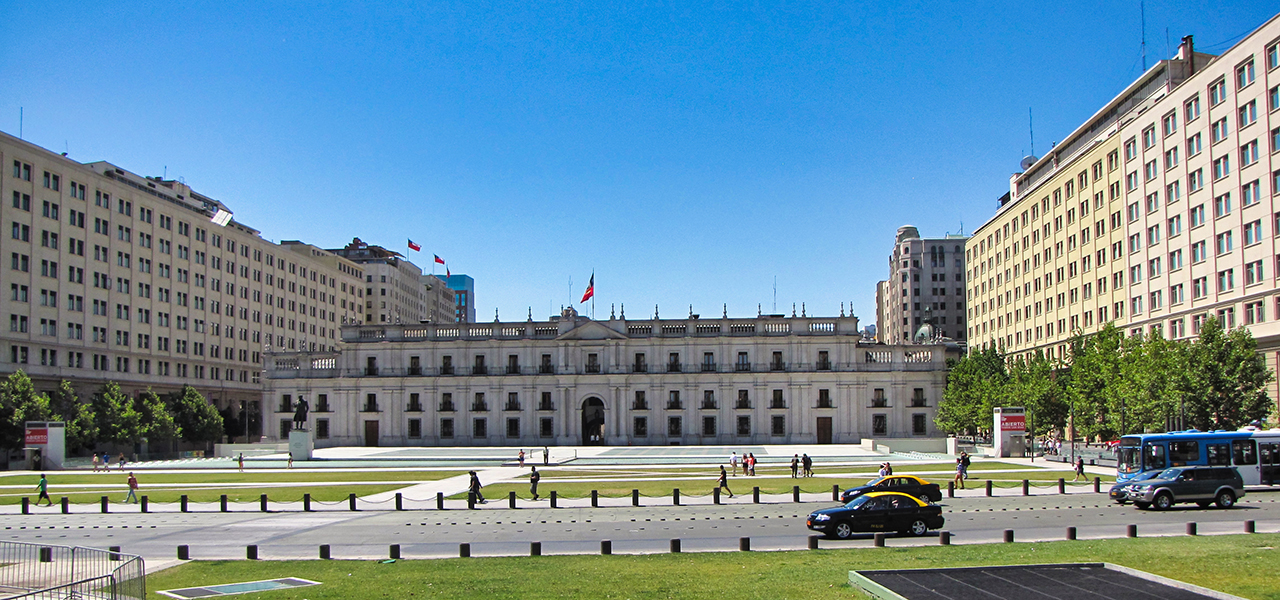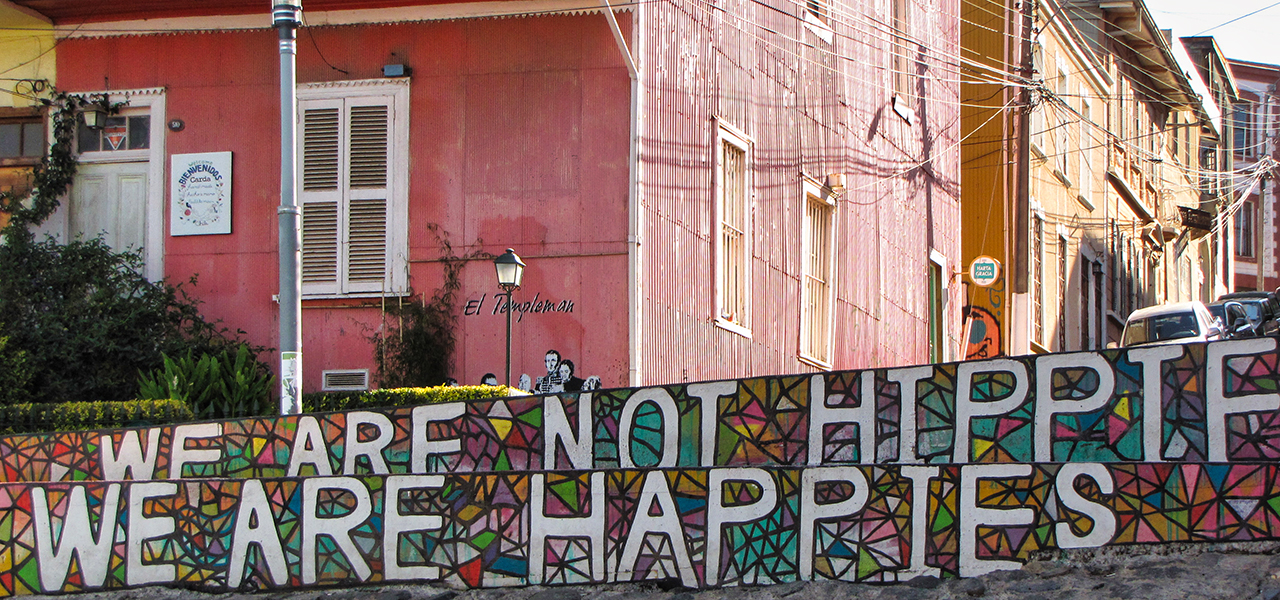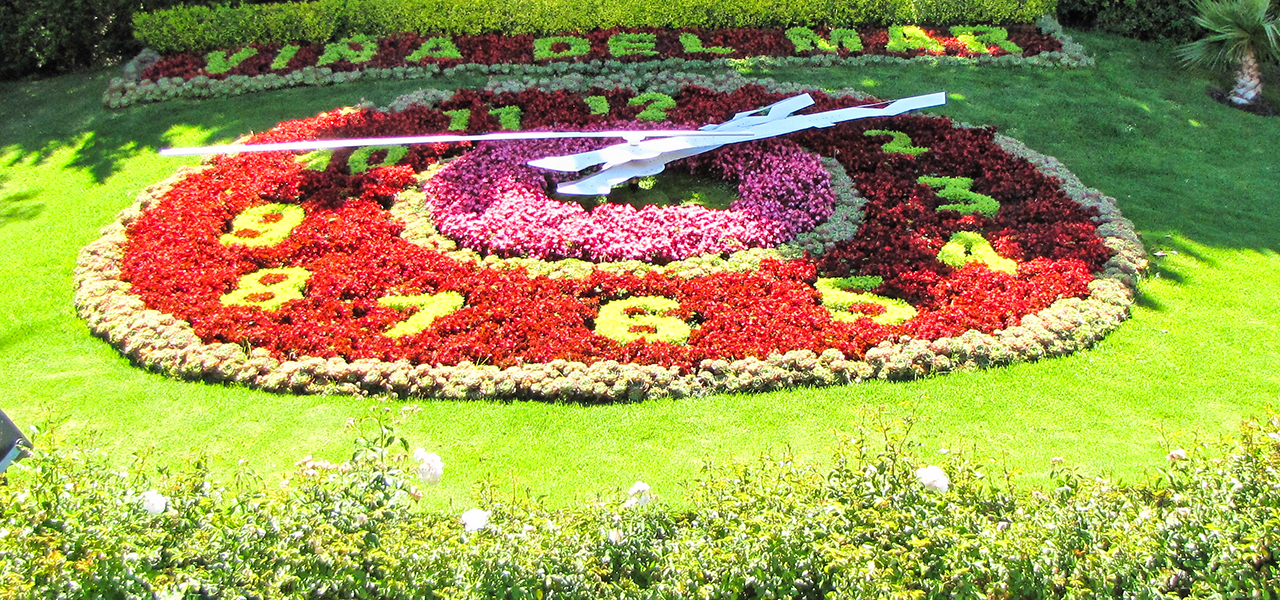


One day while driving back from work, my wife and I saw a big United’s commercial about a new route from Houston to Santiago, Chile. It was a challenge we couldn’t refuse, so next week we were on that flight. We did some research and found the best option for 3 nights to visit Val Paraiso, Vina del Mar and on the way back spend a whole day in Santiago. The distance was around 140 km by car which wasn’t so bad. It was around the Christmas time and here are our experiences....
About Chile
Chile is a long, narrow country stretching along South America’s western edge, with more than 6,000km of Pacific Ocean coastline. Santiago, its capital, sits in a valley surrounded by the Andes and Chilean Coast Range mountains. The major landforms of Chile are arranged as three parallel... north – south units: the Andes mountains to the east; the intermediate depression, or longitudinal valley, in the centre; and the coastal ranges to the west. These landforms extend lengthwise through the five latitudinal geographic regions into which the country is customarily subdivided. From north to south, with approximate boundaries, these are Norte Grande (extending to 27° S); the north-central region, Norte Chico (27° to 33° S); the central region, Zona Central (33° to 38° S); the south-central region, La Frontera and the Lake District (38° to 42° S); and the extreme southern region, Sur (42° S to Cape Horn). Farther south is Chilean Patagonia, a loosely defined area that includes the subregion of Magallanes and sometimes Chilean Tierra del Fuego. There significant heights are still reached: Mount San Valentín is more than 12,000 feet high, and Mount Darwin in Tierra del Fuego reaches almost 8,000 feet. Reminders of the last ice age are the perfectly U-shaped glacial troughs, sharp-edged mountains, Andean lakes, and some 7,000 square miles of continental ice masses. The Southern Ice Cap, between 48°30′ and 51°30’ S, is the largest in the Southern Hemisphere, with the exception of Antarctica.

Chile through history
Chile was originally under the control of the Incas in the north and the nomadic Araucanos in the south. In 1541, a Spaniard, Pedro de Valdivia, founded Santiago. Chile won its independence from Spain in 1818 under Bernardo O'Higgins and an Argentinian, José de San Martin. O'Higgins, dictator until 1823, laid the foundations of the modern state with a two-party system and a centralized government... The dictator from 1830 to 1837, Diego Portales, fought a war with Peru from 1836−1839 that expanded Chilean territory. Chile fought the War of the Pacific with Peru and Bolivia from 1879 to 1883, winning Antofagasta, Bolivia's only outlet to the sea, and extensive areas from Peru. Pedro Montt led a revolt that overthrew José Balmaceda in 1891 and established a parliamentary dictatorship lasting until a new constitution was adopted in 1925. Industrialization began before World War I and led to the formation of Marxist groups. Juan Antonio Raos, president during World War II, was originally pro-Nazi but in 1944 led his country into the war on the side of the Allies. In 1970, Salvador Allende became the first president in a non-Communist country freely elected on a Marxist program. Allende quickly established relations with Cuba and the People's Republic of China, introduced Marxist economic and social reforms, and nationalized many private companies, including U.S.-owned ones. In Sept. 1973, Allende was overthrown and killed in a military coup ending a 46-year era of constitutional government in Chile.
Augusto Pinochet, who eventually assumed the office of president. Committed to eliminating Marxism the junta suspended parliament, banned political activity, and severely curbed civil liberties....Pinochet’s brutal dictatorship led to the imprisonment, torture, disappearances, execution, and expulsion of thousands of Chileans. A government report in 2004 indicated that almost 28,000 people had been tortured during his rule, and at least 3,200 murders and disappearances had taken place. The economy, in tatters under Allende’s Socialist revolution, gradually improved after Chile’s return to privatization under Pinochet. In 1989, Pinochet lost a plebiscite on whether he should remain in power. He stepped down in Jan. 1990 in favor of Patricio Aylwin. In Dec. 1993, Eduardo Frei Ruiz-Tagle, the candidate of a center-left coalition and son of a previous president, was elected president. Today, Chile is governed under the constitution of 1981 as amended. It is a multiparty democracy with a directly elected president who serves a four-year term and the president may not be elected ot consecutive terms. Santiago, its capital, sits in a valley surrounded by the Andes and Chilean Coast Range mountains. The city's palm-lined Plaza de Armas contains the neoclassical cathedral and the National History Museum. The massive Parque Metropolitano offers swimming pools, a botanical garden and zoo.
Santiago de Chile
Santiago, Chile’s capital and largest city, sits in a valley surrounded by the snow–capped Andes and the Chilean Coast Range. Plaza de Armas, the grand heart of the citys old colonial core, is home to 2 neoclassical landmarks: the 1808 Palacio de la Real Audiencia, housing the National History Museum, and the 18th century Metropolitan Cathedral. La Chascona is the home–turned–museum of poet Pablo Neruda.
It is one of cities where more you look, the more you find. Here are some of city details:
Valparaiso: a colorful city
Known fondly as the “Jewel of the Pacific”, Valparaíso is located on central Chile’s west coast and is one of the country’s most important ports.
Before Panama Canal was built, it was the most important port city in that region. The amaizing street art started at that time.
Valparaiso means “Vale of Paradise.“ The name is Spanish but the pronunciation is American. Tradition says that the name was suggested by sailors who served under Commodore David Porter, a hero of the War of 1812 for whom the county was named.

Bohemian and colorful, Valparaiso’s maze of hills has long inspired poets and writers. You’ll discover something new at every turn: a gem of a building, a remarkable art gallery or some little gastronomic specialty. It’s also known for its steep funiculars.
When the Valparaiso port was very active, it was known as the place where the ships were painted. The most of people lived in the metal built houses, so they would use the leftover paint to make their metal walls look nicer.
As the most of the time there was not enough paint leftover to cover an entire house, they ofter painted one wall or floor at a time. As you can see from down below images, that job turned to be an art.
Viña del Mar: resort city

Relaxation and good taste define the so-called “Garden City”. Its waterfront is ideal for outdoor sports, recreation and high-level cuisine. You cannot miss the sun, swimming or watching the sunset at the resorts of Reñaca, Concón, and Las Salinas. Walk through its streets and transport yourself to the last century’s golden age. The numerous castles and old mansions of wealthy families are now converted into museums. Among them, the glamorous Municipal Casino is a must-see at night. The Viña del Mar Song Festival is an icon held every year in February, a must for music fans.
Like always, thank you for watching and enjoy this beautiful sunset from Chile....